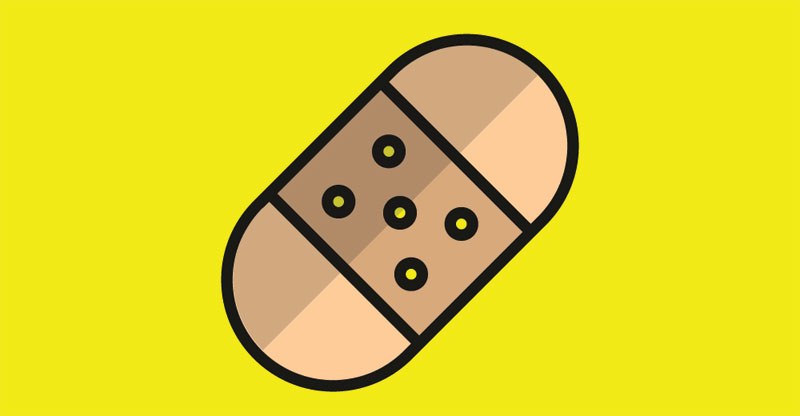
A recent piece by Chris Middleton in Newsweek caught my eye in relation to isinglass being used to treat a variety of different wound types, including burns and skin grafts.
Not being particularly au fait with isinglass, I decided to investigate further. Elaboration from this article, and wider research, provides clarification that the source of isinglass is the swim bladder of fish such as carp, sturgeon or catfish. The swim bladder is dried and extracted, then turned into the powder known as isinglass. This was originally added as finings, which accelerated flocculation of lumps and sediments - so, in essence, it enabled filtration of unwanted particles from beer and wine.
How and why it was first used to treat wounds is not clear. But in the 18th century, it was apparently used to treat wound infections and became an essential ingredient in ‘Court Plaster’, so called because of its use by the wealthy people who attended court. This Court Plaster was the precursor of our modern “BAND-AID” and wound dressings, with silk strips being used as the substrate onto which the isinglass was applied.
The main component of isinglass is the protein collagen, which also happens to be the main structural component of connective tissue - e.g. skin - and which essentially provides the framework upon which cells and organelles of the skin can thrive. It is therefore not a great step to see why isinglass could be used to treat wounds, with the collagen in this product providing an external source of protein, replacing what has been damaged or removed, and providing an alternative (if transient) substrate on which cells can migrate and proliferate. In fact, other sources of collagen in wound dressings have also been used. These are generally derived from porcine or bovine sources, but human cadaveric collagen is also frequently and successfully used. Aquatically derived proteins such as chitin (from crabs and krill) have also been used in a similar fashion.
So, once again, an ancient remedy has been shown to have a sound scientific basis, with the use of collagen as a substrate in wounds still an area of intense research and commercial interest





